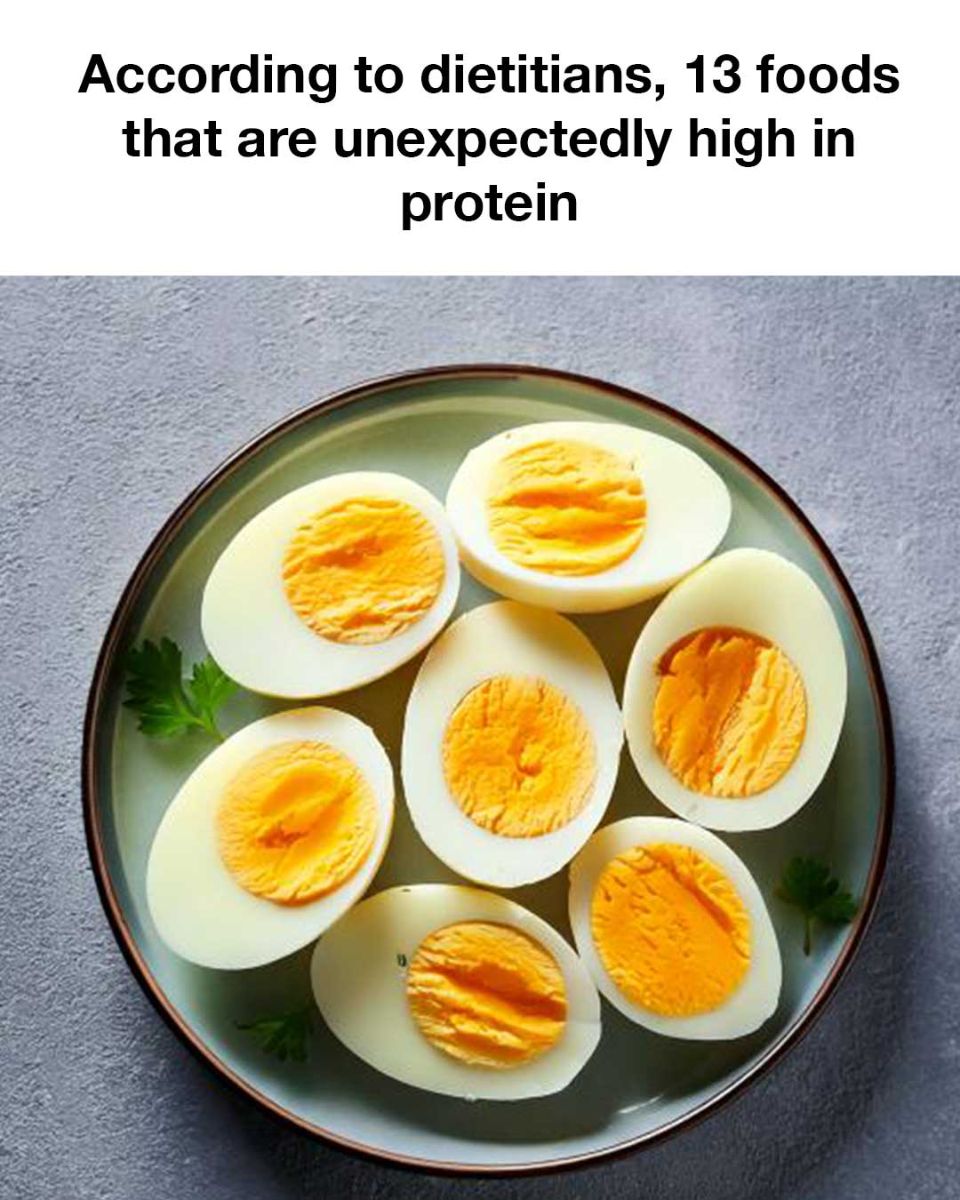Grains That Pack a Protein Punch
While grains are typically known for their carbohydrate content, some grains like quinoa, farro, and bulgur are surprisingly high in protein. Quinoa, in particular, is a complete protein, meaning it contains all nine essential amino acids. Incorporating these grains into your meals can help increase your protein intake while also providing important nutrients like fiber and iron.
Vegetables with Hidden Protein Benefits
Certain vegetables, such as spinach, broccoli, and Brussels sprouts, contain more protein than you might expect. While they may not provide as much protein as meat or legumes, they can still contribute to your daily protein needs, especially when consumed in larger quantities. Additionally, these vegetables are rich in vitamins, minerals, and antioxidants.
Nuts and Seeds: Small but Mighty Protein Sources
Nuts and seeds are compact sources of protein that are easy to incorporate into your diet. Almonds, peanuts, chia seeds, and hemp seeds are particularly high in protein. They also provide healthy fats and other nutrients like magnesium and vitamin E, making them a nutritious snack or addition to meals.
Dairy Products Beyond Milk and Cheese
While milk and cheese are well-known sources of protein, other dairy products like Greek yogurt and cottage cheese offer even higher protein content. Greek yogurt, for example, can contain up to 20 grams of protein per serving, making it an excellent choice for breakfast or a post-workout snack.
Meat Alternatives Rich in Protein
For those looking to reduce their meat consumption, there are several plant-based meat alternatives that are high in protein. Tofu, tempeh, and seitan are popular options that can be used in a variety of dishes. These alternatives not only provide protein but also offer different textures and flavors to diversify your meals.
Seafood Options You Might Overlook
see next page
ADVERTISEMENT
ADVERTISEMENT

